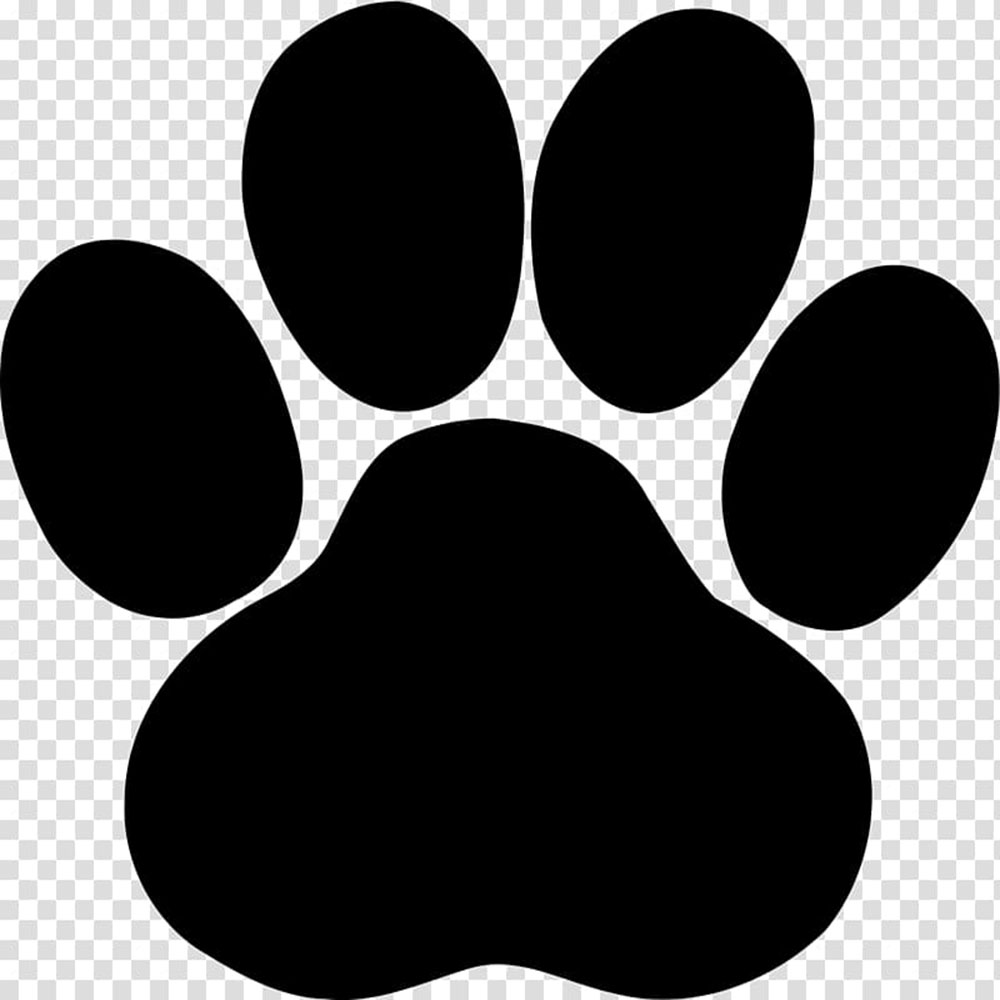Completely satisfied 18th Birthday! 🎂🥳 Your resilience and gratitude within the face of well being challenges are really inspiring. This particular milestone is a testomony to your power and dedication. Your optimistic outlook is a beacon of hope, and I take part celebrating your outstanding journey. Might this yr be stuffed with good well being, pleasure, and numerous cherished moments. Your braveness and spirit are an inspiration to us all, and I’m sending heat needs and assist your method on this momentous day.💕🎉
Here’s a comprehensive guide on how to take care of your dog’s hair:
- Regular brushing is essential for maintaining your dog’s hair health. Use a brush suitable for your dog’s coat type to remove tangles and loose fur. Brushing not only prevents matting but also stimulates the skin and distributes natural oils, keeping the coat shiny.
- Bathe your dog as needed, but not too frequently as it can strip the coat of its natural oils, leading to dryness and irritation. Use a mild dog shampoo and ensure thorough rinsing to prevent residue buildup.
- Pay attention to your dog’s diet as nutrition plays a vital role in the condition of their coat. A balanced diet rich in essential fatty acids, vitamins, and minerals promotes healthy hair growth and a shiny coat.
- Regularly trim your dog’s hair, especially around the eyes, ears, and paw pads, to prevent irritation and matting. For long-haired breeds, consider professional grooming every few months to maintain the coat’s shape and health.
- Keep your dog’s environment clean to minimize dirt and debris that can get trapped in their hair. Regularly vacuuming and washing their bedding can help reduce allergens and prevent skin issues.
- Protect your dog’s hair from environmental hazards such as extreme weather conditions, sun exposure, and chemicals. Use dog-safe sunscreen if your pet will be spending time outdoors, and consider using a protective coat spray during walks in harsh weather.
- Check your dog regularly for signs of parasites such as fleas and ticks. Use preventive treatments recommended by your veterinarian to keep these pests at bay and prevent infestations that can cause itching and hair loss.
- Monitor your dog’s overall health and behavior, as underlying medical conditions can affect the condition of their coat. Schedule regular check-ups with your veterinarian to address any health concerns promptly.
- Avoid using human hair care products on your dog as they may contain ingredients that can be harmful or irritating to their skin. Stick to products specifically formulated for dogs to ensure their safety and effectiveness.
- If your dog has a tendency to develop mats or tangles, consider using a detangling spray or conditioner to make brushing easier and prevent hair breakage. Start brushing from the ends of the hair and work your way up to the roots to avoid pulling and discomfort.
- Pay attention to your dog’s grooming needs based on their breed, age, and lifestyle. Some dogs may require more frequent grooming, while others may need less maintenance. Consult with your veterinarian or a professional groomer for personalized advice.
- Be gentle when grooming your dog, especially around sensitive areas such as the ears, belly, and tail. Use a light touch and praise your dog for their cooperation to make grooming a positive experience.
- Keep your dog’s hair trimmed short during hot weather to prevent overheating and reduce the risk of heatstroke. Shorter hair also makes it easier to maintain hygiene and prevent skin infections.
- Avoid over-bathing your dog, as excessive bathing can strip the coat of its natural oils and lead to dryness and irritation. Stick to a bathing schedule recommended for your dog’s breed and lifestyle, and use lukewarm water and gentle shampoo.
- Pay attention to your dog’s specific coat care needs, especially if they have a double coat or a breed with special grooming requirements. Research breed-specific grooming techniques or consult with a professional groomer for guidance.
- Incorporate regular exercise into your dog’s routine to promote circulation and overall health, which can contribute to a healthy coat. Physical activity also helps reduce stress and anxiety, which can affect the condition of your dog’s hair.
- Keep your dog’s hair well-trimmed around their eyes to prevent irritation and minimize the risk of eye infections. Use blunt-tipped scissors to carefully trim any long hair that obstructs their vision.
- Provide your dog with a comfortable and clean sleeping area to prevent skin issues and promote restful sleep. Wash their bedding regularly and consider using hypoallergenic materials to reduce the risk of allergies.
- Monitor your dog’s skin for any signs of irritation, redness, or unusual lumps or bumps. These may indicate underlying health issues that require veterinary attention. Addressing skin problems promptly can help prevent further complications and discomfort.
- Lastly, spend quality time bonding with your dog during grooming sessions. Use this time to strengthen your relationship, build trust, and reinforce positive behavior. Make grooming a relaxing and enjoyable experience for both you and your furry friend.



